Valencia Orange Tree
Description
About Valencia Orange Trees
Valencia are the most popular oranges used to make orange juice. In fact, they are grown in Florida more than any other orange variety for producing juice. The Valencia orange is valued for its sweet-tart taste, juiciness, and the beautiful bright orange color of the juice squeezed from it. Our Valencia orange trees are seedless.
This citrus tree ripens in the summer, which is unusual for orange trees, and may bloom again while fruit remains on the tree. This can allow for multiple harvests. Ripe fruit can be left on the tree and harvested as desired, rather than needing to be harvested immediately.
This is a sweet orange, citrus sinensis ‘Valencia’, as opposed to a bitter orange. The origin of this variety is disputed, but it was named after the city of Valencia in Spain, which is known for its orange production.
This is the perfect plant to accent your patio or sunroom—with the bonus of juicy oranges! Enjoy attractive green leaves, beautiful white blossoms, and orange-scented flowers. Valencia oranges are bright orange. Potted oranges should be brought indoors during winter months.
The Fruit
Valencia oranges are medium in size, with a thin rind that is difficult to peel, and very juicy. The peel contains many oil glands, making gratings from the rind a delicious addition to many foods. The flavor is sweet. A good source of fiber, they also contain vitamin C, folate (vitamin B9), thiamine (vitamin B1), potassium, and antioxidants.
Enjoy Valencia oranges in a variety of ways! Squeeze fresh to make orange juice or marmalade. The juice and zest can be added to desserts, such as orange cakes, cookies, and muffins. Pair with cranberries for delicious baked goods and relishes. Oranges also pair well in desserts with chocolate, with vegetables such as asparagus, and in drinks like tea.
Growing Valencia Oranges
Valencia orange trees need full sun. Planted in the ground, these citrus trees can reach eight to ten feet tall. The mature size can be kept smaller by pruning. In a garden pot, the tree’s height will be reduced by the size of the pot. Bring your potted trees indoors for the winter in cooler climates. The plant is heat tolerant.
This is a self-pollinating fruit tree variety, so outdoor trees will produce fruit by natural means. Indoor trees can be pollinated by hand using a small paintbrush.
See below for more information about USDA plant hardiness zones and planting and care.
Make the dream of enjoying fresh squeezed orange juice straight from your own trees happen by buying a beautiful Valencia Orange tree!
Characteristics
| Bloom Color | White |
| Fruit Color | Orange |
| Fruit Size | Medium - Large |
| Hardiness Zone Range | 2 - 11, Outdoor Planting: 8 - 11 |
| Pollination | Self-Pollinating |
| Shade/Sun | Full Sun |
| Soil Composition | Loamy |
| Soil Moisture | Well Drained - Average Moistness |
| Soil pH Level | 6.0 - 7.5 |
| Taste | Sweet |
| Texture | Thick Skin |
| Years to Bear | 1 - 2 |
Zone Compatibility
Pollination
This variety is self pollinating.
Tools & Supplies
Planting & Care
Learn all about how to grow citrus trees in The Growing Guide. An entire section of our website dedicated to your growing success.
Questions & Answers
It arrives in a pot that holds about one gallon. My tree has done well, although it hasn't bloomed yet.
I'm utilizing normal potting soil with regular fertilizer application. Plant is doing very well.
Yes mine has been in a pot since I got it. It is doing great and I do not have a green thumb. Hope this helps.
It depends on where you live. I live on the coast of South Carolina. My Valencia orange is in a pot. I put it under the porch and cover pot in the winter.
Adequate drainage is essential for citrus plants. Once in its growing container, the following guidelines will help you provide for your plant’s watering needs. When grown in a container, citrus plants prefer a deep watering over frequent, light watering. Deep watering promotes deeper root growth and strengthens your tree. It’s fine to allow the top of the soil to dry out, but the roots like to be moist.
The quality of the water is key. If your tap water is hard (alkaline), it will cause elements in your soil to become unavailable to the plant.
Adding a teaspoon of vinegar to a quart of water will increase soil acidity.
It depends on a number of factors- how long have you had the citrus tree, what zone you are in and whether you are keeping the plant indoors or at least in the garage during cold months, are you using citrus fertilizer? I live in zone 8, I keep my tree in the garage under grow lights from late October until April and then I bring my citrus trees (Valencia, key lime and lemon) into my greenhouse. When the temperatures are warmer, I will bring them outside. I have them in self-watering pots because I am gone 4 days a week. I purchased all three citrus trees about 3 years ago and I still haven’t had any lemons. It looks like I will this year. Good luck. I am learning along the way myself.
I keep mine outside as long as night temps are above 50 degrees F. Once temps at night drop below 50 degrees I bring it inside and put in a south facing window.
If you sign up for a notification, you'll be one of the first to be notified when it becomes available again.
If you have any further questions please don't hesitate to reach back out to us, remember that we're here for you. Have a great day!
We bought our first Valencia tree 2 yrs ago. This year we have our first crop of about 25 oranges.
This is a dwarf,When your tree matures, it will be approximately 8 - 10' tall x 4 - 5' wide.
Customer Reviews
Thank you,
D

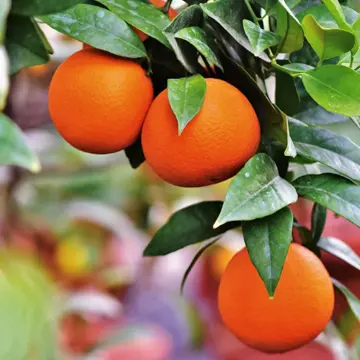
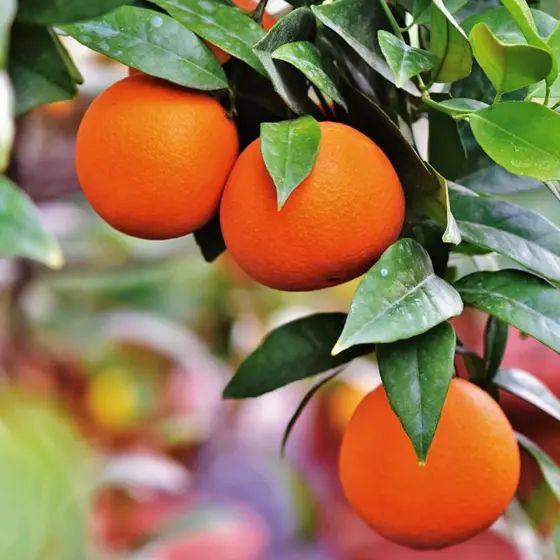
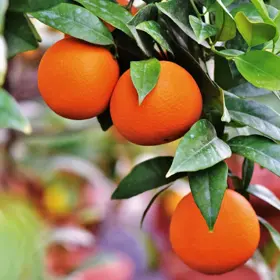
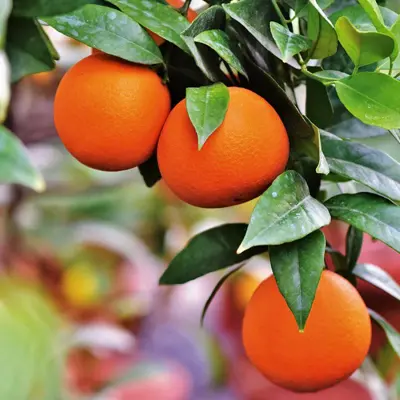

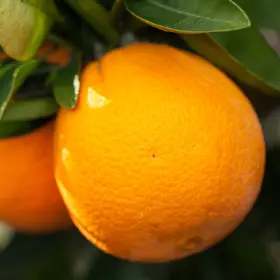
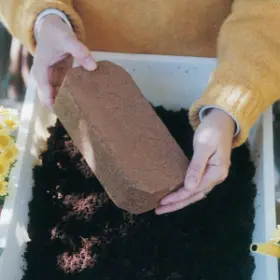
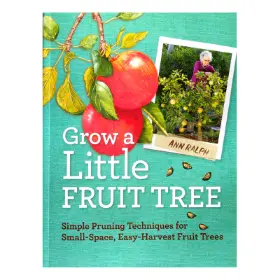
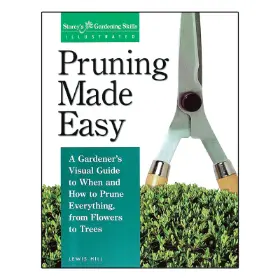

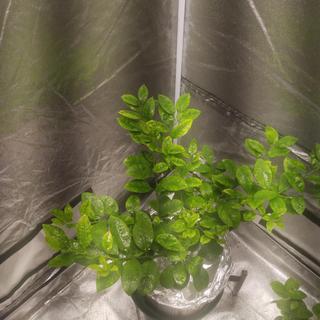
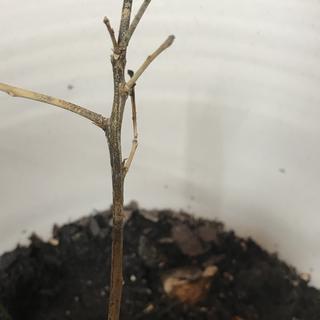

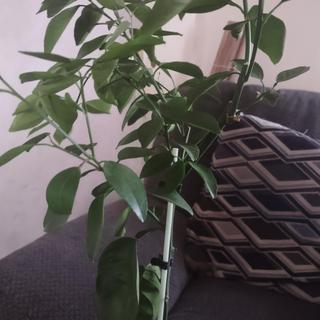
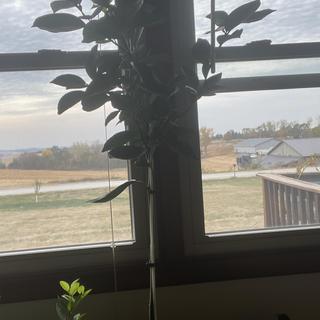
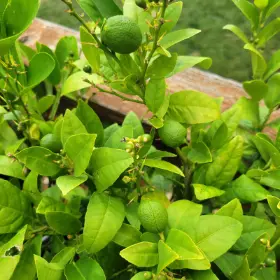
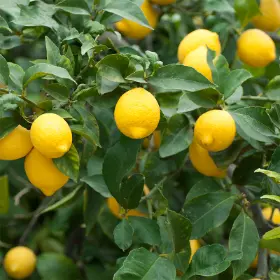
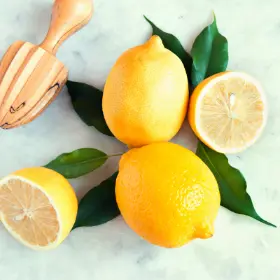
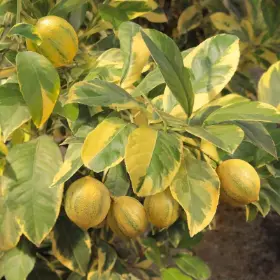
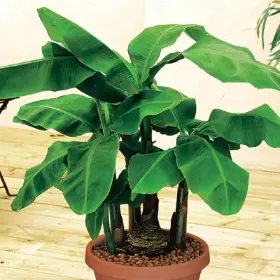
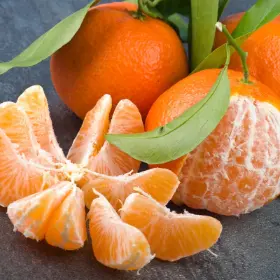
This tree is known for its juicy and sweet oranges, perfect for fresh juice or snacking. I grew up eating valencia oranges as a child, loved them! Perhaps you wanted to enjoy homegrown citrus and…
I love trees
Until recently, we enjoyed fresh fruit on a regular (daily) basis, usually whatever was in season, but occasionally willing to pay the premium (if necessary) . With all of the issues going on in the…
I wanted an orange in my citrus tree collection